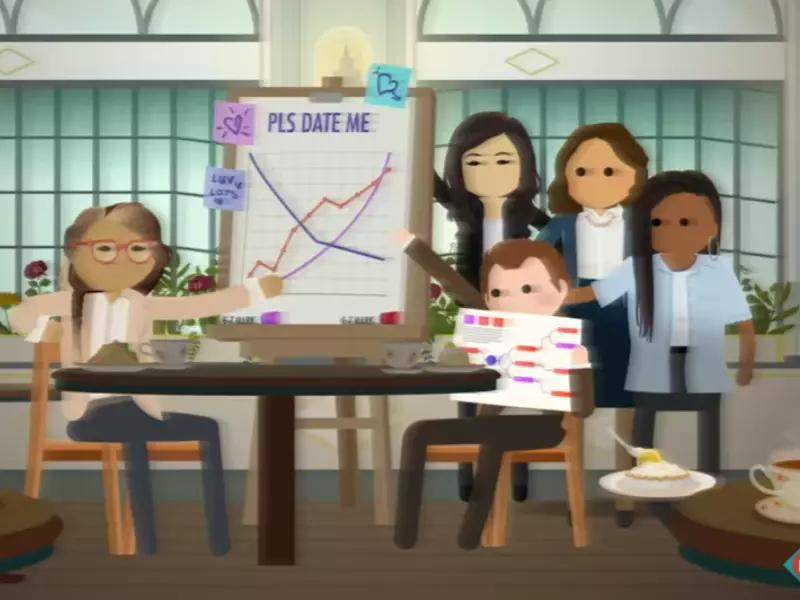In today’s business landscape, the concepts of customer relations and customer service often intersect, yet they hold distinct roles within the framework of company operations. Both elements are crucial in building a loyal customer base and enhancing the overall consumer experience. However, their approaches, strategies, and outcomes significantly differ, impacting a business’s success in unique ways.
The difference between customer relations and customer service lies primarily in their scope and objectives. Customer service focuses on assisting customers by answering questions, solving problems, and providing immediate support. In contrast, customer relations is a broader term that encompasses the ongoing efforts a company makes to manage its relationships with customers, aiming to build long-term engagement and loyalty.
Customer relations and customer service are intertwined yet separate disciplines within a business’s strategy to maintain and enhance customer satisfaction and loyalty. While customer service addresses immediate needs and concerns, customer relations works to cultivate a positive, enduring relationship between the company and its customers, influencing perceptions and building a strong brand reputation over time.

Core Concepts
Customer Relations Overview
Meaning and Scope
Customer relations encompasses the broad strategies and efforts a business employs to manage and improve its interactions with customers. It’s not just about resolving issues or answering questions; it’s about building a lasting connection that enhances loyalty and satisfaction. This scope includes understanding customer needs, tailoring communications, and ensuring customers feel valued over the long term.
Long-term Strategies
Long-term strategies in customer relations focus on sustaining engagement and loyalty through:
- Consistent communication to keep the brand top of mind.
- Personalized experiences that cater to individual customer preferences.
- Loyalty programs that reward ongoing patronage.
- Feedback loops that demonstrate you value and act on customer opinions.
Customer Service Overview
Immediate Support Focus
Customer service zeroes in on providing prompt and efficient help to customers facing issues or requiring assistance. The focus is on solving problems quickly to ensure customer satisfaction and smooth transactions.
Transactional Nature
The nature of customer service is inherently transactional. It deals with specific, immediate needs—such as returns, inquiries, or technical support—with the goal of completing a sale or resolving an issue.
Key Differences
Strategic vs. Tactical
- Customer relations is strategic, aiming to build a long-term brand relationship.
- Customer service is tactical, focusing on immediate problem-solving and support.
Long-term Relationships vs. Immediate Solutions
- Customer relations nurtures long-term relationships to foster loyalty.
- Customer service provides immediate solutions to ensure satisfaction.
Proactive vs. Reactive
- Customer relations is proactive, anticipating customer needs and preferences.
- Customer service is reactive, addressing and solving issues as they arise.
Anticipating Needs vs. Addressing Issues
- Customer relations involves anticipating future needs to enhance the customer experience.
- Customer service focuses on addressing current issues efficiently.
Relationship vs. Transaction
- Customer relations aims to build loyalty beyond the transaction.
- Customer service aims to complete a sale or solve an immediate problem.
Impact on Business
Influence on Brand Image
The way a business manages customer relations and service significantly shapes public perception. Effective management in these areas can lead to a positive brand image, which is crucial for attracting and retaining customers.
Role in Customer Retention
- Customer relations plays a vital role in retention, encouraging customers to return.
- Customer service supports this by resolving issues and ensuring smooth transactions.
Contribution to Growth
Both customer relations and service contribute to business growth, but through different mechanisms:
- Customer relations indirectly impacts expansion by building a loyal customer base.
- Customer service directly affects growth by ensuring immediate satisfaction and smoothing the path to repeat business.
Best Practices
Enhancing Customer Relations
Improving customer relations requires a focus on:
- Open communication to keep customers informed and engaged.
- Personalization to make customers feel special and valued.
- Creating feedback loops to show customers their opinions matter and are acted upon.
Improving Customer Service
To elevate customer service, businesses should prioritize:
- Efficiency in resolving issues quickly and smoothly.
- Empathy to understand and genuinely address customer concerns.
- Problem resolution skills to ensure customer satisfaction with every interaction.

Integration Strategies
Aligning Goals and Teams
For businesses aiming to excel in customer service and relations, aligning the goals and efforts of all teams towards a unified customer experience is essential. This integrated approach ensures that every interaction with the brand contributes positively to building long-term relationships. To achieve this, companies should:
- Establish clear, shared objectives across departments.
- Encourage cross-functional collaboration to provide seamless customer experiences.
- Utilize consistent messaging and values in every customer interaction.
Technology and Tools
CRM Systems
Customer Relationship Management (CRM) systems are invaluable for maintaining detailed records of customer interactions, preferences, and feedback. These systems enable businesses to:
- Personalize customer communications.
- Track customer engagement and history.
- Identify opportunities for improving customer relationships.
Chatbots and AI
Chatbots and AI technologies have revolutionized the way businesses provide customer service and maintain relations. They offer:
- 24/7 support, answering queries and solving problems instantly.
- Personalized recommendations based on customer data.
- Automation of repetitive tasks, allowing human agents to focus on complex issues.
Training and Development
Investing in training and development for staff is crucial for achieving service excellence and effective relationship management. Training programs should focus on:
- Enhancing communication skills to interact positively with customers.
- Developing problem-solving abilities to address customer issues efficiently.
- Cultivating empathy to understand and respond to customer needs genuinely.
Challenges and Solutions
Maintaining Consistency
Achieving consistency in customer service and relations across all channels and over time is challenging. Solutions include:
- Implementing standardized processes and guidelines for all customer interactions.
- Regularly reviewing and updating strategies to ensure alignment with brand values.
- Using technology to streamline and monitor consistency.
Adapting to Customer Expectations
Customer expectations evolve with changes in technology and societal trends. Staying ahead involves:
- Continuously gathering and analyzing customer feedback.
- Being agile in implementing changes to meet emerging needs.
- Investing in technology that can adapt to new customer behaviors.
Future Trends
Evolving Technologies
The impact of AI and machine learning on customer relations and service is profound and expanding. These technologies are:
- Enhancing personalization by analyzing vast amounts of data to predict customer needs.
- Improving efficiency by automating routine tasks and inquiries.
- Enabling proactive service by identifying potential issues before they affect the customer.
Changing Consumer Behavior
Trends in consumer behavior indicate a growing demand for personalization, immediacy, and access through digital channels. Businesses need to:
- Embrace digital transformation to meet customers where they are.
- Offer instantaneous support options like chat and social media.
- Customize experiences and offerings to individual preferences and behaviors.
Frequently Asked Questions
What is customer service?
Customer service refers to the support and assistance provided by a company to its customers before, during, and after a purchase. It’s focused on resolving issues, answering questions, and facilitating transactions to ensure a satisfying and efficient customer experience.
How does customer relations differ from customer service?
While customer service concentrates on direct, transactional interactions aimed at solving specific issues, customer relations encompasses a broader strategy aimed at building and maintaining positive, long-term relationships with customers. It involves understanding customer needs, preferences, and feedback to enhance loyalty and satisfaction.
Why is customer relations important?
Customer relations is crucial because it focuses on building long-lasting relationships with customers, leading to increased loyalty, repeat business, and positive word-of-mouth. Effective customer relations strategies help companies understand their customers better, tailor their offerings, and improve customer satisfaction over time.
How can businesses improve their customer relations?
Businesses can improve their customer relations by consistently gathering and acting on customer feedback, personalizing customer interactions, rewarding customer loyalty, and maintaining open, honest communication. Prioritizing customer satisfaction and taking proactive steps to address customer needs and concerns are also key.
Conclusion
The nuanced distinction between customer relations and customer service reveals the complexity of customer management and the importance of a strategic approach in fostering lasting customer loyalty. While customer service ensures immediate satisfaction through support and assistance, customer relations builds and nurtures a foundation of trust and engagement, paving the way for enduring customer relationships.
Understanding and implementing both customer service and customer relations within a business strategy are paramount for success in today’s competitive landscape. By focusing on immediate needs and long-term relationship building, companies can enhance customer satisfaction, loyalty, and ultimately, their own growth and profitability.
